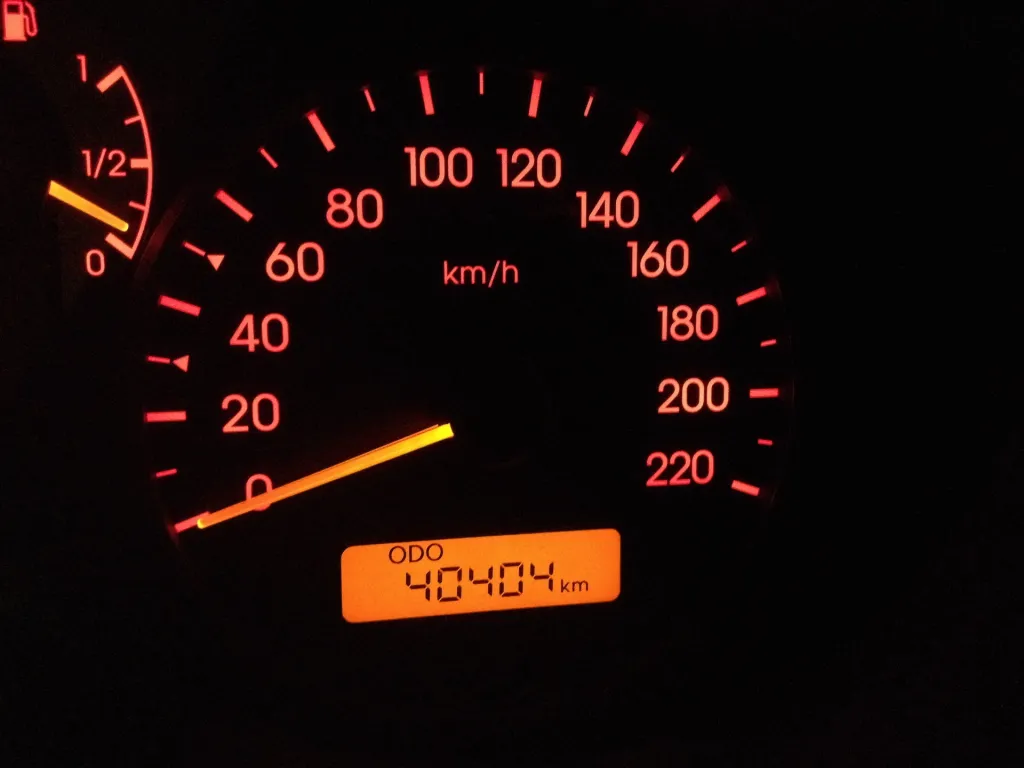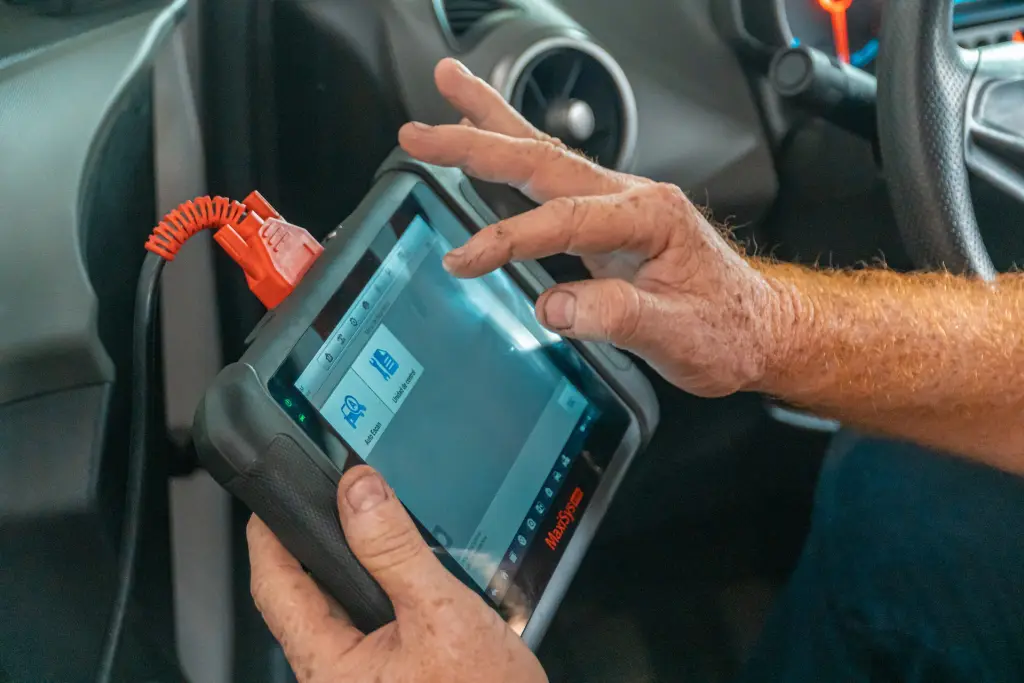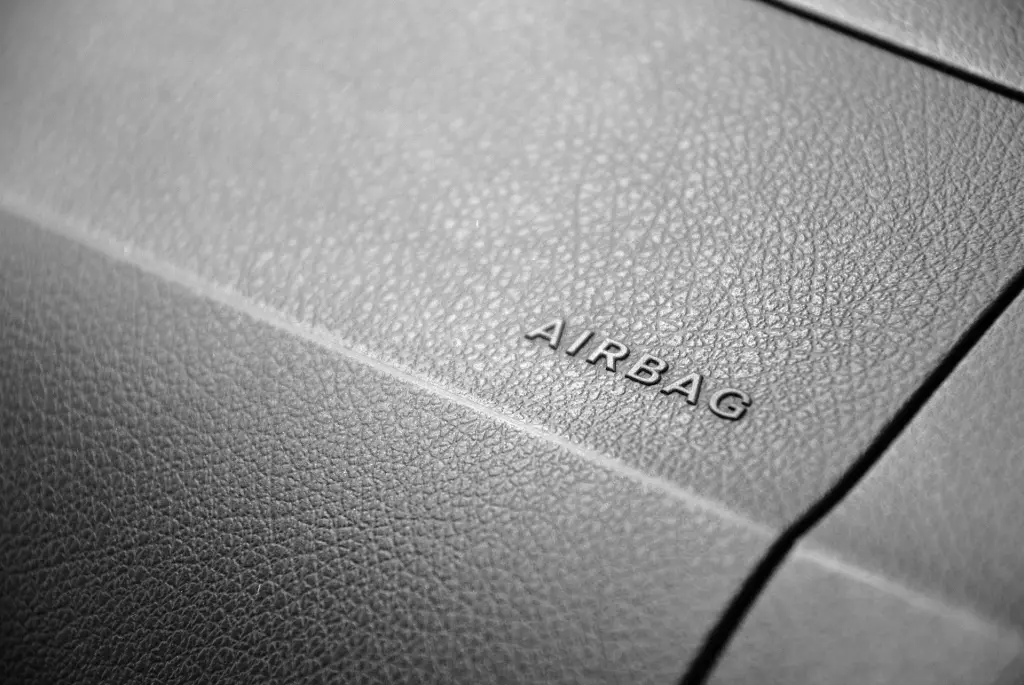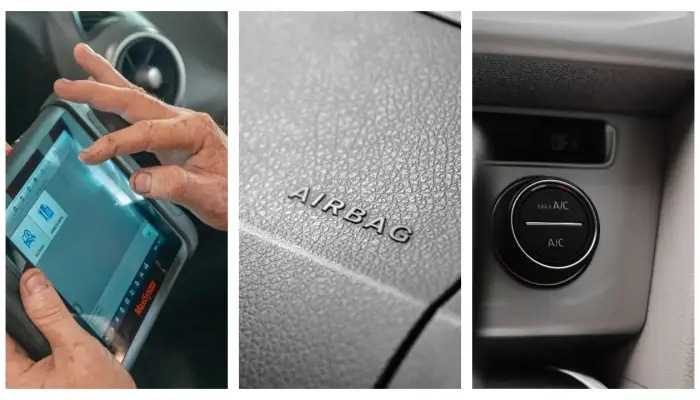When you're looking for a reliable used car, there's always the risk of encountering dishonest sellers. These cases usually involve private individuals looking for quick money, but some dealers may also try to deceive you. Damage to various components of the car not only puts you at risk of costly repairs in the future but also represents a real physical danger, as the car may not ensure safety in the event of an accident or even during everyday city drives.
Over the years, we’ve encountered many tricks and schemes aimed at concealing faults or problems. That's why we reject 9 out of 10 cars we inspect. In this article, we'll share 5 of the most common tricks discovered by our experts.
1. Odometer Tampering

As we've mentioned, odometer tampering remains the most common trick in the used car market, so it’s no surprise that it makes this list. Many dishonest sellers use this technique to make a car more appealing. By reducing the odometer reading, they mislead you, making the car seem less worn. However, not knowing the real mileage can confuse the maintenance schedule and lead to costly surprises.
For example, if a part needs to be replaced after 150,000 km and you buy a car showing 90,000 km, but which has actually been tampered with, you might think replacement isn’t needed. But the real mileage is 140,000 km. What happens if you don't know the true mileage and don't replace the part in time? This puts your safety at risk!
In older cars with physical odometers, altering the reading is very easy. But even in newer cars, where the mileage is stored in the onboard computer, it can be tampered with by connecting a laptop with special software to the diagnostic port.
One way to identify this trick is to have an independent mechanic evaluate the car's condition. Inspect the steering wheel, pedals, and gear shift lever: if they're worn but the mileage is low, it could be a red flag. It's also worth asking for the car's service history and checking it with the manufacturer or an independent service to compare with the current mileage readings.
2. Refilling Refrigerant into a Leaking Air Conditioning System
Another common trick is to conceal a leak in the air conditioning system by simply refilling it with refrigerant. This costs about 50 euros, and the air conditioner will work fine for a few days or even weeks, after which the buyer will be deceived.
Not knowing about the leak, when the air conditioner stops cooling the cabin, you might think the refrigerant just ran out and needs to be refilled. Spending 50 euros on a refill will only delay the problem temporarily. Only when the air conditioner fails again will you suspect a fault. Detecting and fixing the leak can cost from 400 to 800 euros, depending on the car and the location of the leak.
To check the condition of the air conditioning system, you can take the car to a professional. If a leak is found, remember that it can return even after a refill. Suggest having the air conditioner diagnosed and ensure all components are in working order. Better to spend a little more time checking than dealing with costly repairs later.
3. Special Diagnostic Equipment for Erasing Error Codes

Modern cars are equipped with many electronic systems and sensors, so the car will notify you if a sensor detects a problem. Usually, an indicator lights up on the dashboard, pointing to a faulty system. This error code is saved in the car's "memory." During diagnostics, a mechanic connects a special computer or tablet with the manufacturer's software, which reads the code and displays a description of the problem along with instructions for fixing it.
However, a dishonest seller may use such diagnostic equipment (possibly obtained illegally or rented from third parties) to erase error codes from the car's memory. This, of course, doesn't fix anything, but merely extinguishes the warning indicator for a while until the car is sold to an unsuspecting buyer.
You can check for errors in the car by using an OBD2 scanner, which connects to the car's diagnostic port. It can read error codes and tell you about them in real time. This scanner can help reveal if an error was erased, or the car's current status. Remember, this is an investment that will pay off many times over.
4. Concealing Damage in Emission Control Systems
The catalytic converter and diesel particulate filter (DPF) in newer diesel engines are components responsible for reducing harmful emissions. They contain fragile ceramic materials, and you can usually tell when they break by hearing a metallic sound under the car. Replacing these parts costs from 300 to 800 euros for a catalytic converter and from 600 to 3500 euros for a DPF, depending on the model. Of course, dishonest sellers don't want to reduce their profit by replacing a broken part, but they also don't want you to know about the problem.
So they resort to an "operation." They cut open the casing of the catalytic converter or DPF, remove the damaged internal components, and put the casing back. Now the car has a metal casing, outwardly indistinguishable from a working unit, except the internal working parts are missing, and the part does nothing. Besides making the car more harmful to the environment, this "operation" also causes the car to fail inspection. But these are the buyer's problems, not the seller's.
You can check the functionality of these systems through professional diagnostics. Look at the car's emissions: excessive black or blue smoke can indicate a problem. Additionally, it's highly recommended to have an independent inspection at a service center before purchasing.
5. Failure to Install Airbags After Deployment

After an accident where one or more airbags deploy, car repairs also include replacing the airbags, as they aren't meant to be reused. However, airbags are costly parts, ranging from 250 to 1500 euros per unit.
In this case, a dishonest seller aiming to profit from your naivety will replace only the decorative elements (such as a part of the dashboard in front of the airbag), but not the airbags themselves. The airbag warning indicator may light up, as the sensors no longer detect its presence. But the seller might explain this as a simple sensor error or, if unwilling to go into explanations, simply erase the error code, as described in Trick #3.
To ensure the airbags are in order, you can take the car to a mechanic for a check. Also, watch for warning indicators on the dashboard. If the airbag light doesn’t light up when you start the car, this could indicate a problem. Don’t neglect this check, as airbags are a key safety feature in case of an accident.
